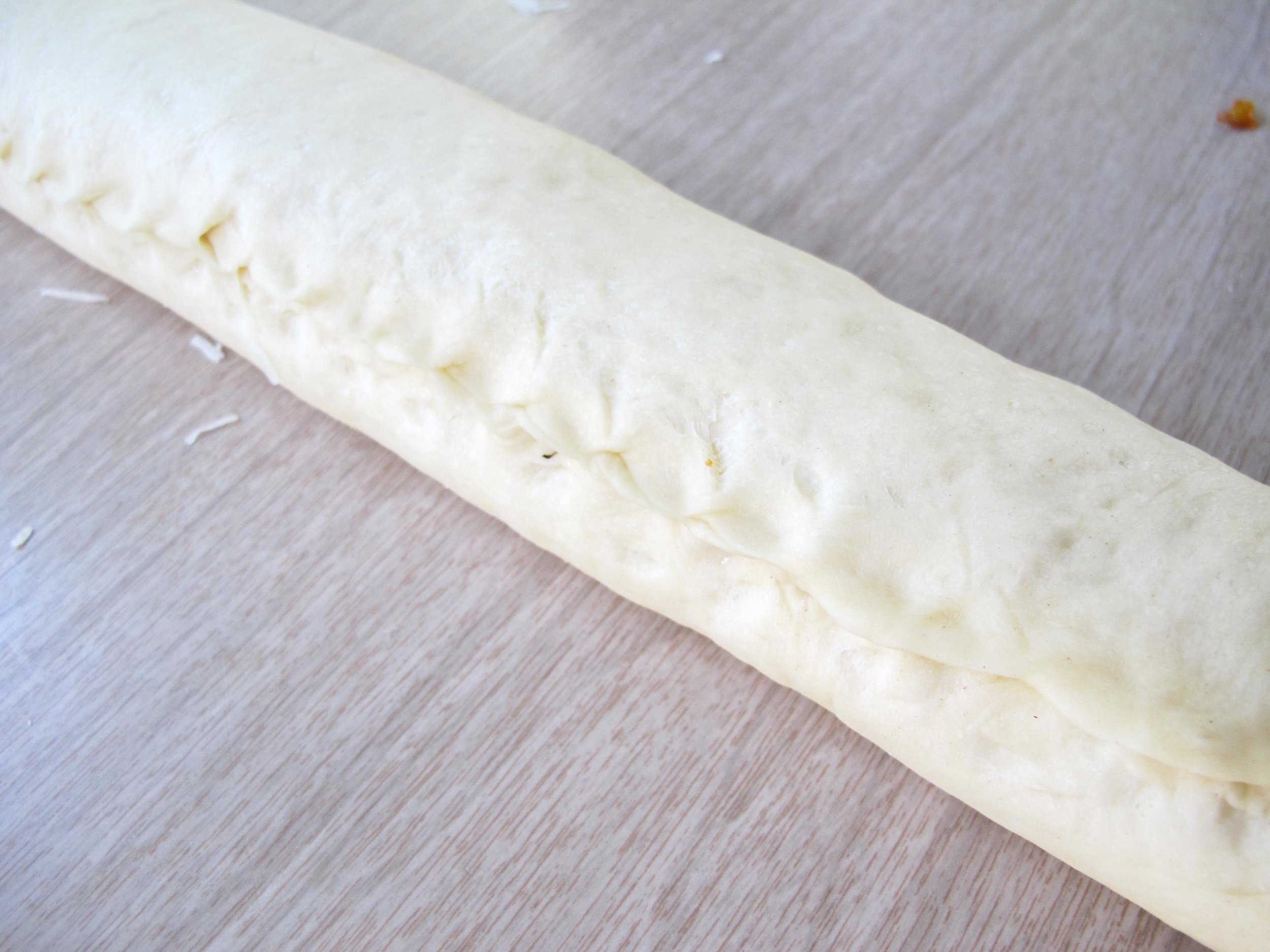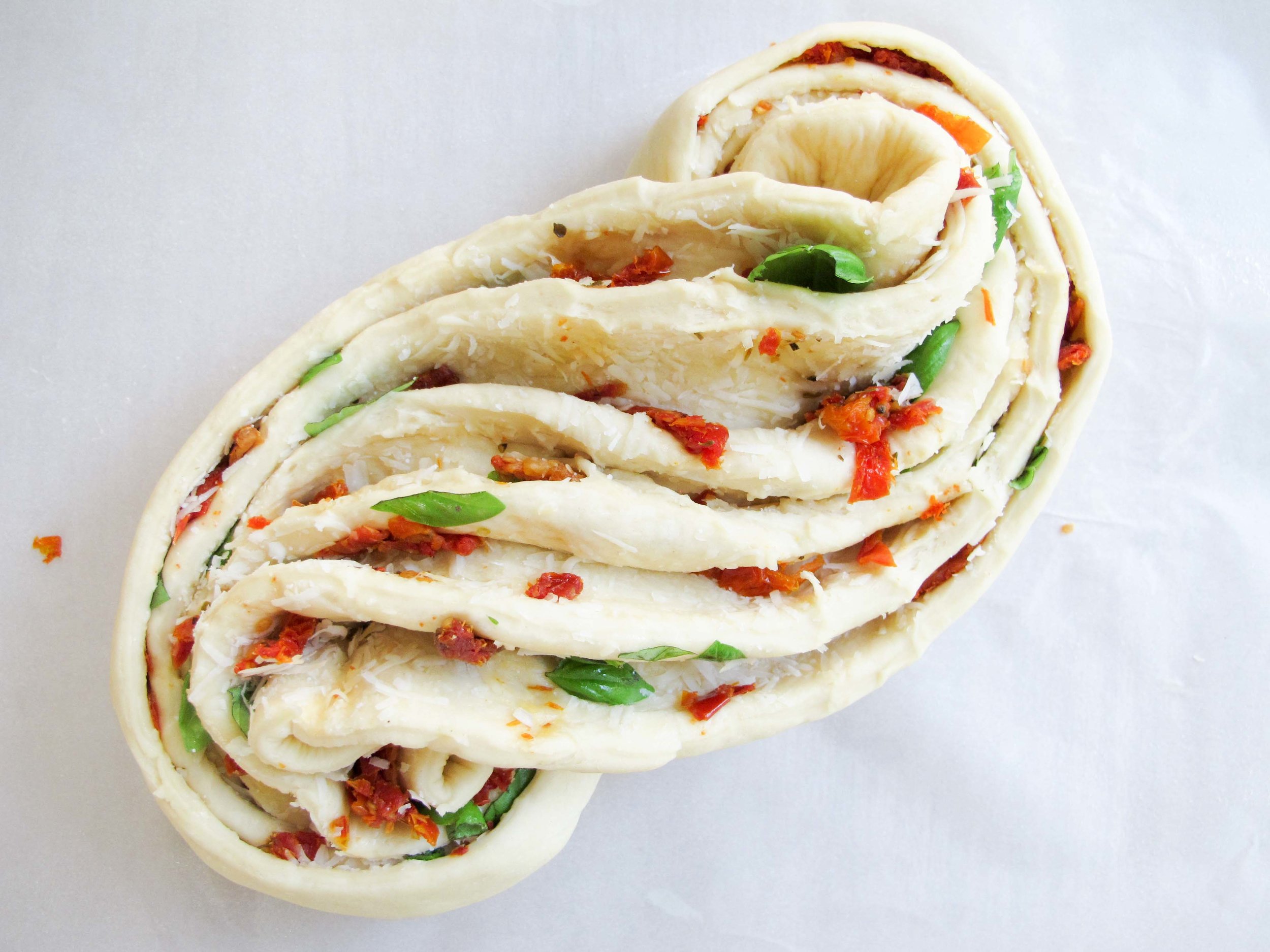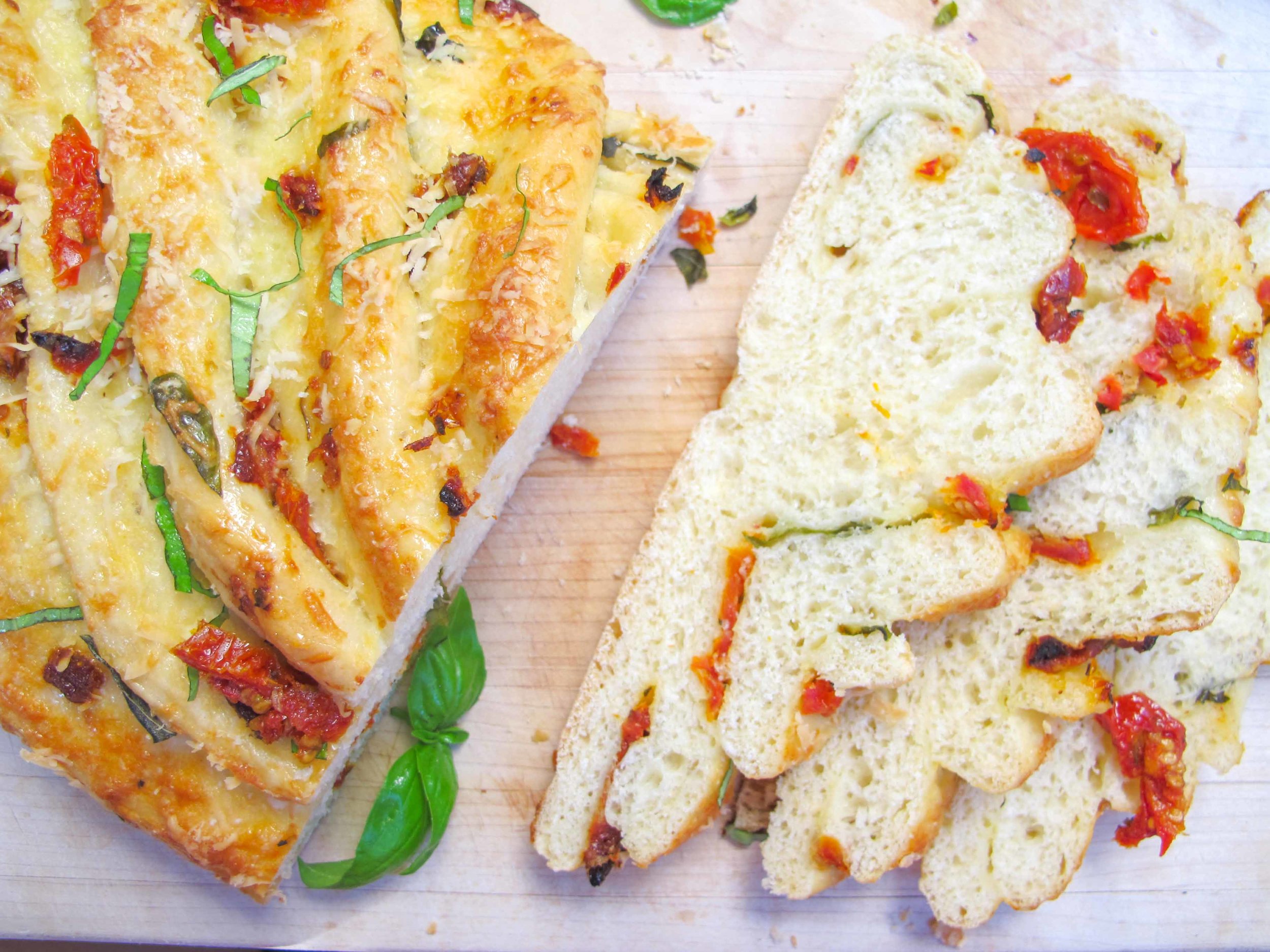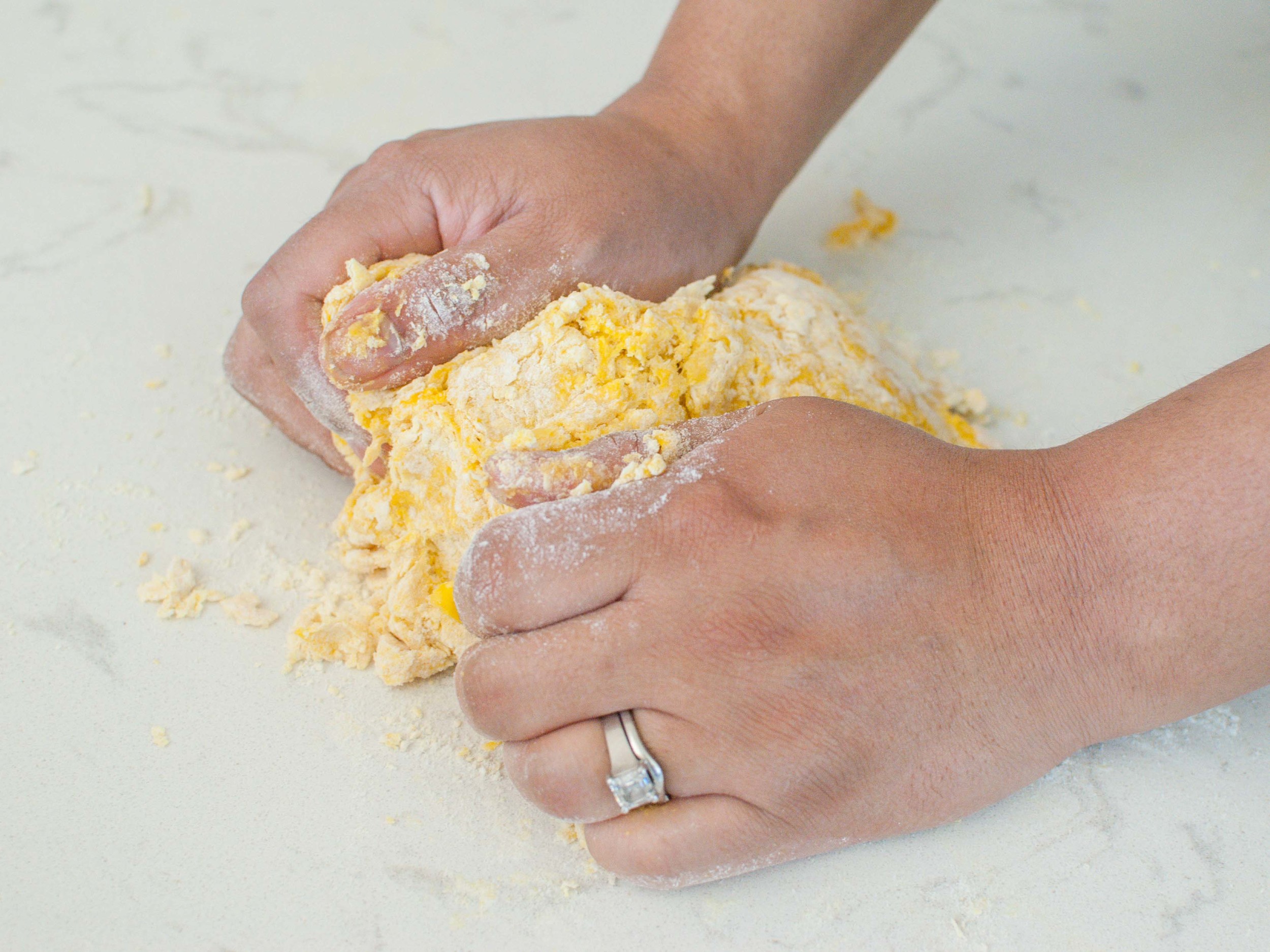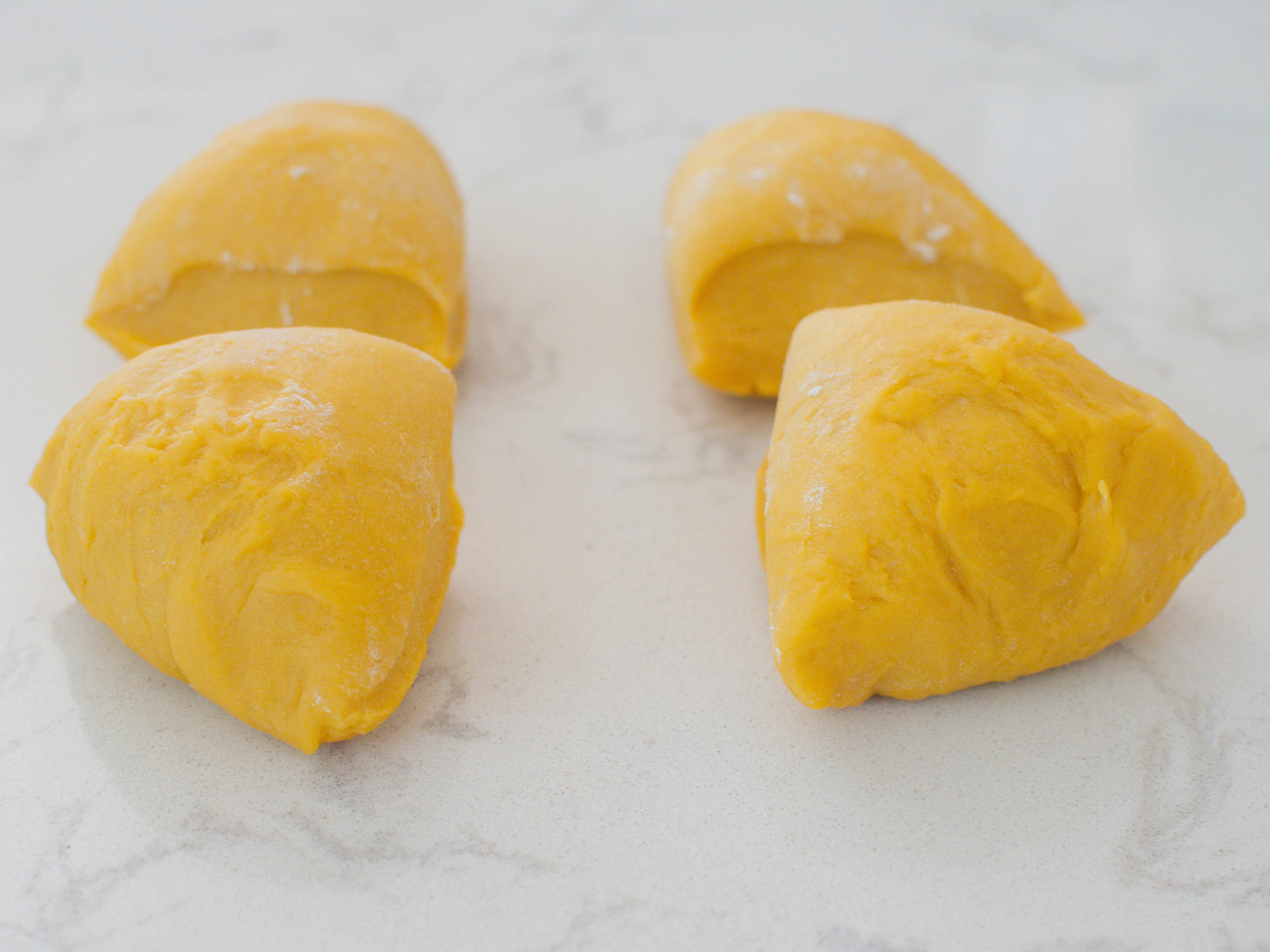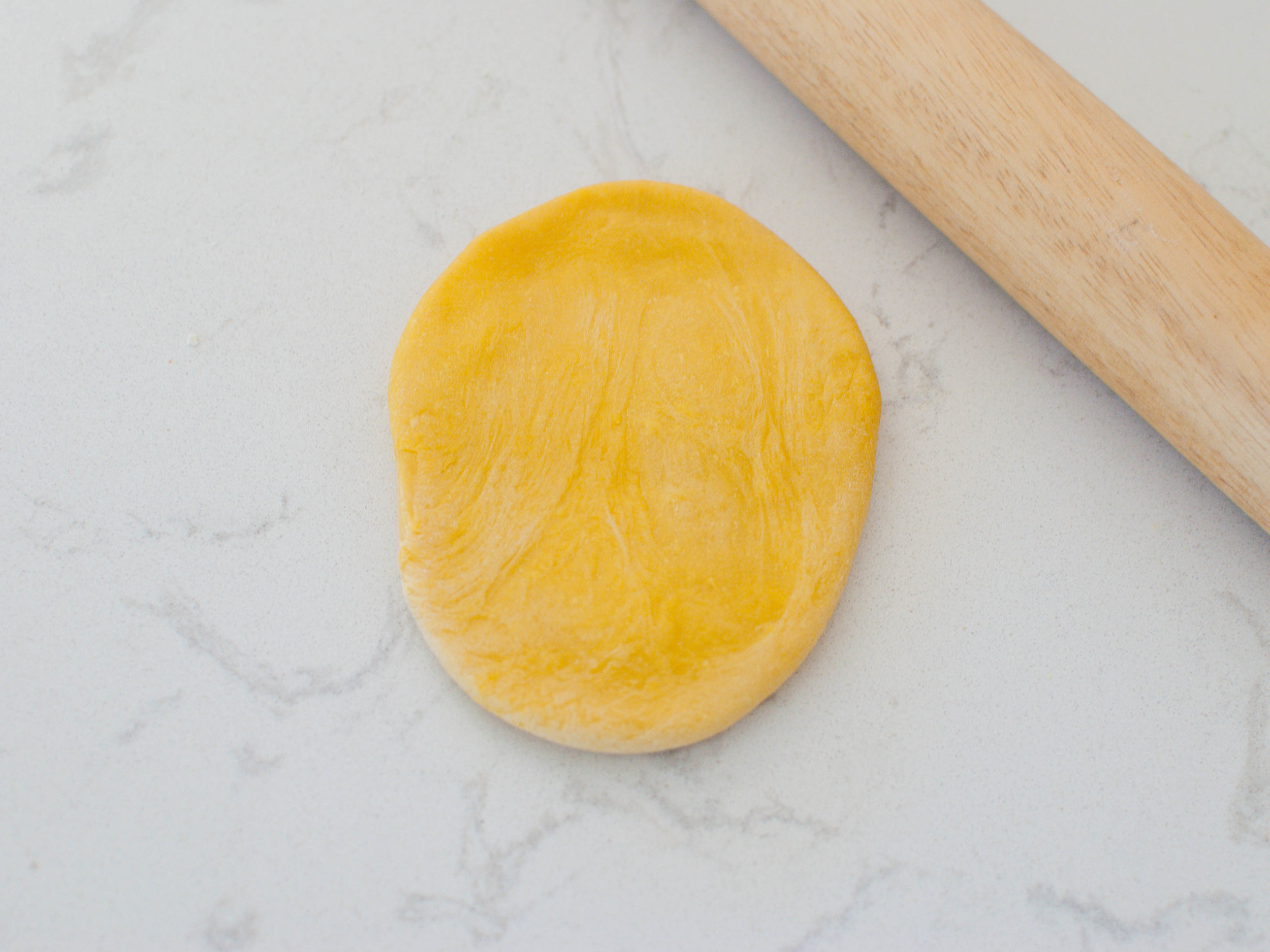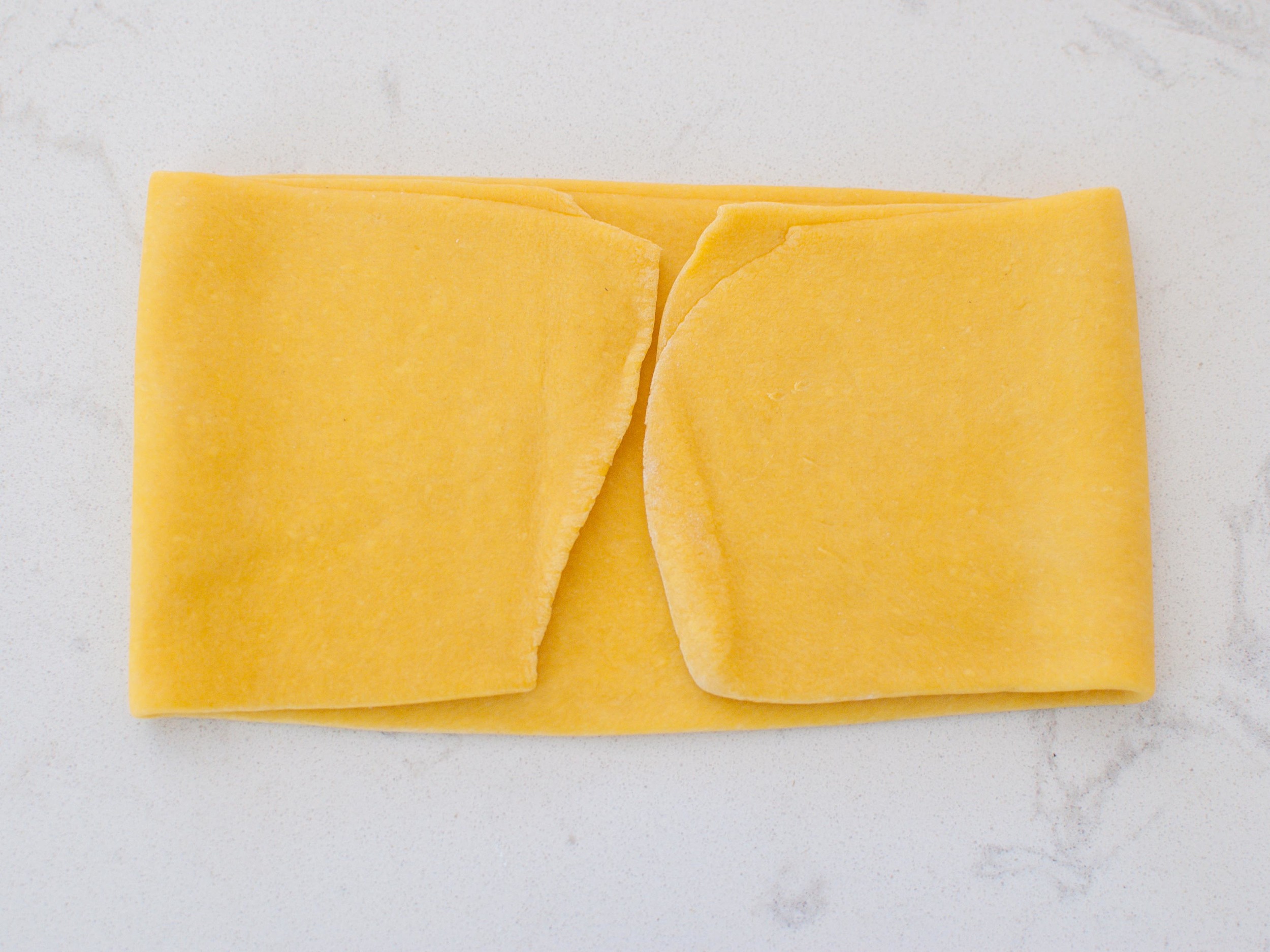When I first laid eyes on a photo of this golden and curvy loaf of Pane Bianco, I was in awe and intrigued. As a baking newbie, I was intimidated by the gorgeous loaf until I read the recipe. Very little special equipment is required, (a stand mixer or rolling mat aren't necessarily required, they just make the work easier,) and the recipe uses straightforward ingredients I always have on hand. Since I am actively working on developing my baking skills, this was a great confidence boosting recipe to try. The attractive valleys created by slicing through a rolled log are filled with aromatic and colorful specs of tomato and basil. The scent of freshly baked bread and garlic was intoxicating. So much so, that my children followed their noses down the stairs to the kitchen to ask what I was cooking. I turned the oven light on and they sat in my lap in front of the oven and we watched it bake away together. "I can't wait to eat that!" Emily exclaimed. "Mommy, can I have that for lunch tomorrow?" Asked Olivia. I responded with, "Yes, you can have that in your lunch tomorrow . . . if we don't end up eating the whole thing tonight!"
Notes: King Arthur Flour notes that you may substitute all-purpose flour for the bread flour in the recipe but to reduce the water in the recipe to 1/4 cup. They also warn that the bread may not hold its form as well. This recipe is endlessly adaptable and can be filled with a myriad of combinations! If you're a novice baker like me, sometimes bread recipes can be intimidating or confusing because you might not trust your judgement on what exactly the visual descriptions are supposed to look like. Because of that and because I am a visual learner, I have watched many a YouTube video on bread and scrolled through thousands of pictures on Instagram to expose myself to the process of baking. This may or may not help you, but I have found it helped my judgement in what to look for, immensely.
Read More: The Shared Bakealong
Time: 3 hours (2 hours inactive, 35 minutes baking, 25 minutes preparing)
Yields: 1 loaf
Bread
3 cups bread flour
2 teaspoons instant yeast
2 teaspoons sugar
2 teaspoons salt
1 large egg
1/2 cup lukewarm milk
1/3 cup lukewarm water
3 tablespoons olive oil
Filling
2 tablespoons olive oil
4 cloves garlic, finely minced
1 cup shredded Parmesean (or cheese of your choice) divided
1/2 cup oil-packed sun-dried tomatoes, drained and cut into 1/2″ pieces
1/3 cup torn fresh basil
1 egg, beaten with a splash of water
Combine the eight bread ingredients (flour through olive oil) in your stand mixer (with a dough hook), in your bread machine, or in a large mixing bowl. On the lowest setting (or with a wooden spoon), begin to mix the dough until smooth and elastic (about 6 minutes). The dough should pull away from the sides and "clean" the sides of the bowl.
Grease a large bowl with olive oil, place the dough ball into the bowl and cover. Place the bowl in a warm area in your kitchen and allow to rise until about double in size, 45-60 minutes. Meanwhile, gather your remaining filling ingredients and set aside.
Once the dough has risen, gently deflate it on your clean and flat work surface. Reshape into a ball and allow to rest for 10 more minutes. Then roll the dough into a rectangle, about 22" x 10". Combine 2 tablespoons of olive oil and finely minced garlic in a small bowl and brush or massage this mixture onto the rolled out dough. Sprinkle 3/4 cup of cheese, sun dried tomato and basil over the garlic mixture evenly.
Carefully roll the dough lengthwise from one end to another. Once rolled, pinch the flap closed against the log and place the dough seam-side down on a piece of parchment paper that fits your baking pan.
Starting from 1/2" from one end, snip through 1" depth of the roll with kitchen scissors, exposing the layers and filling. Continue to cut through the length of the roll.
Shape the log into a figure-8 shape by tucking one end of the roll underneath the center of the roll. Tuck the remaining side underneath the roll on the opposite side. Transfer the parchment paper with your loaf onto your sheet tray.
Cover the shaped dough and allow to rise until doubled in size, another 45 minutes to 1 hour. Preheat oven to 350 degrees at this time.
Once the loaf has risen, brush with egg wash and sprinkle with remaining 1/4 cup of cheese if desired. Bake the loaf for 20 minutes and check for browning. It should begin to develop a golden color, so tent the loaf to prevent too much browning and scorching of the delicate and exposed filling ingredients. Bake another 10 minutes to finish cooking. Remove from oven and place on wire rack to cool completely.









